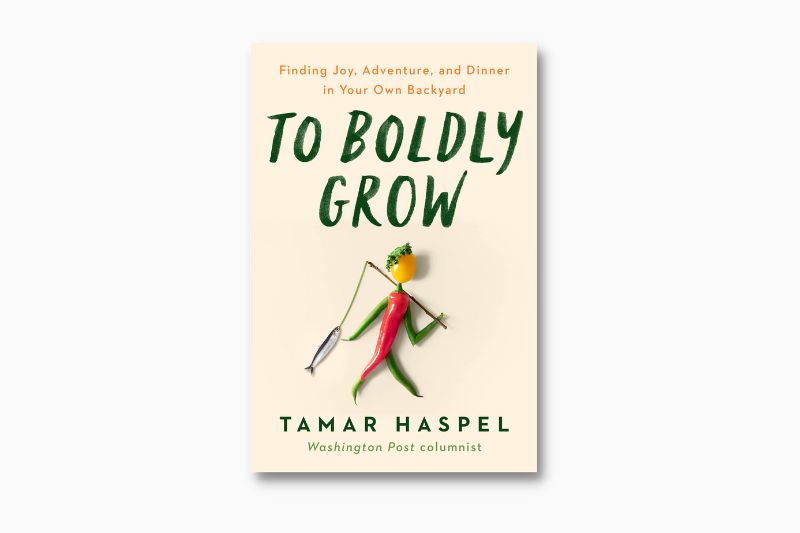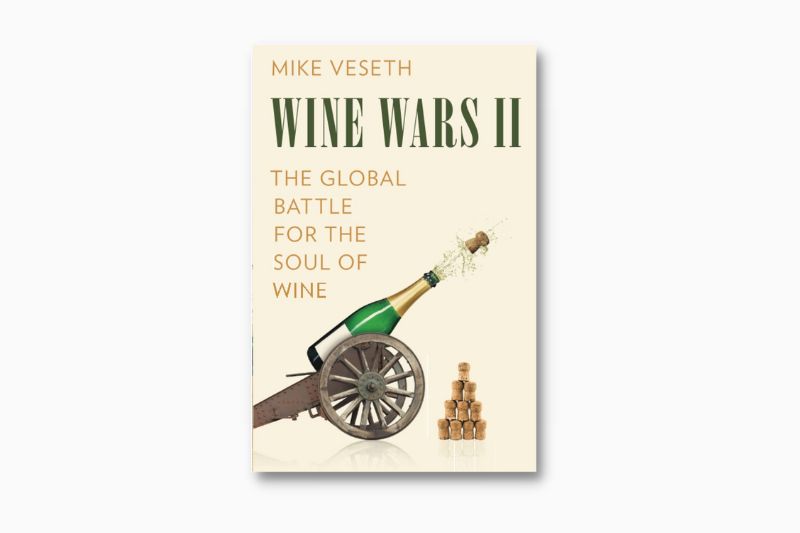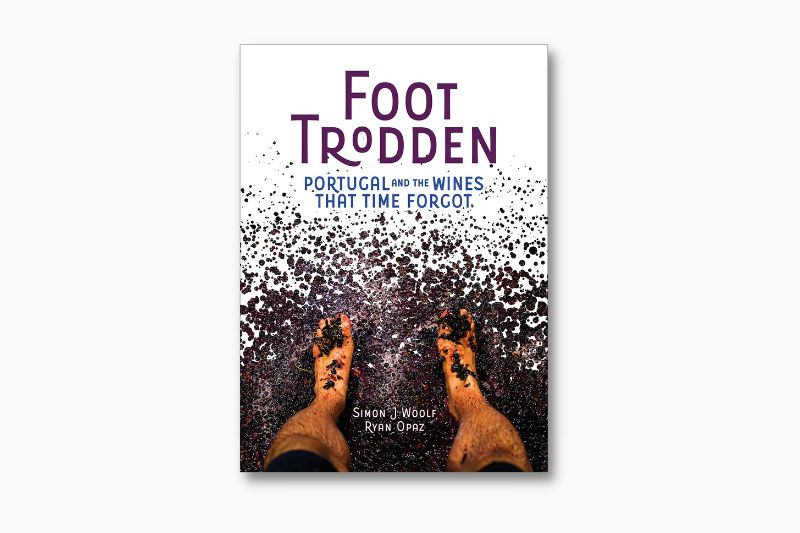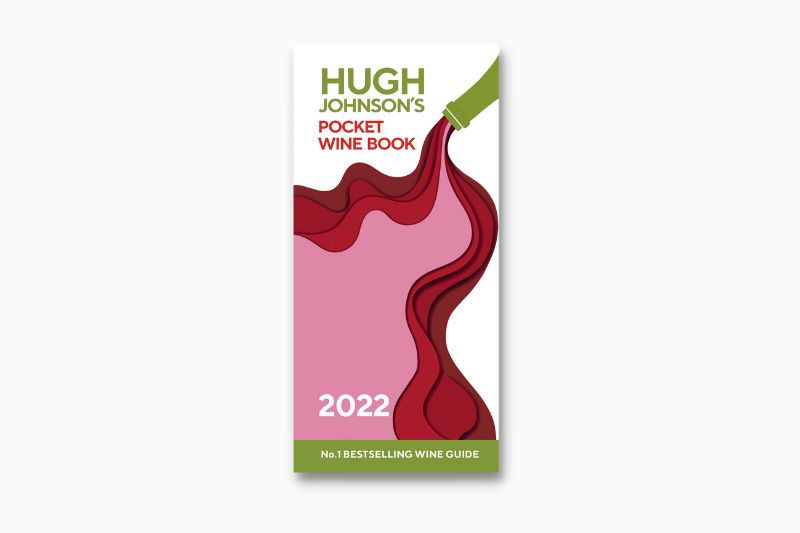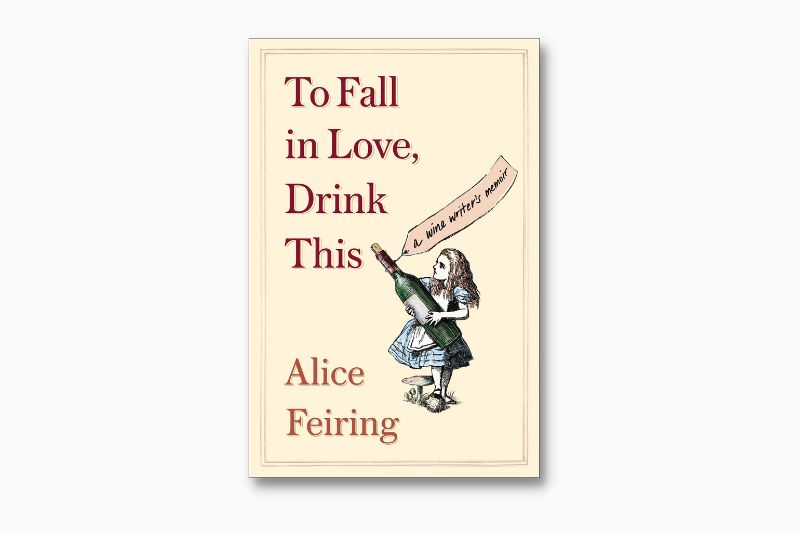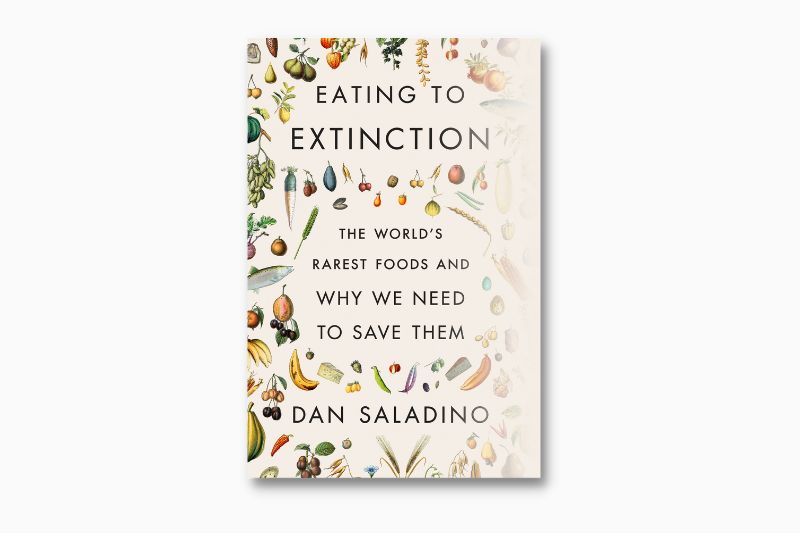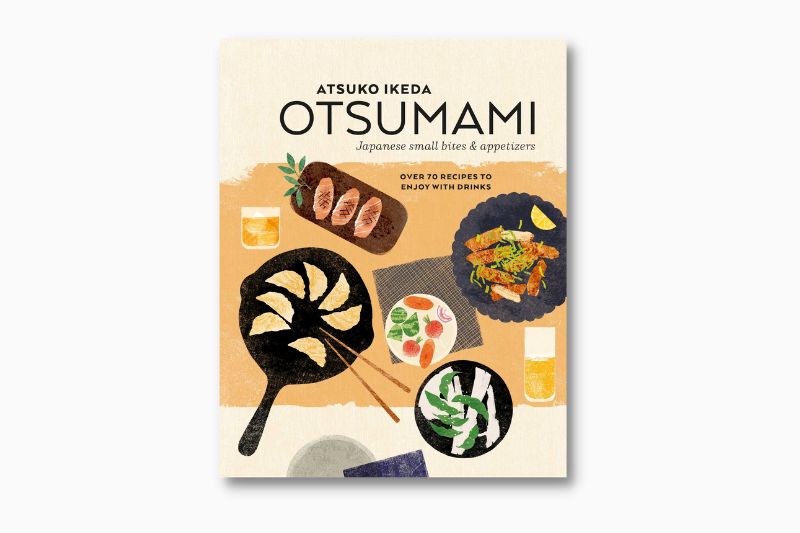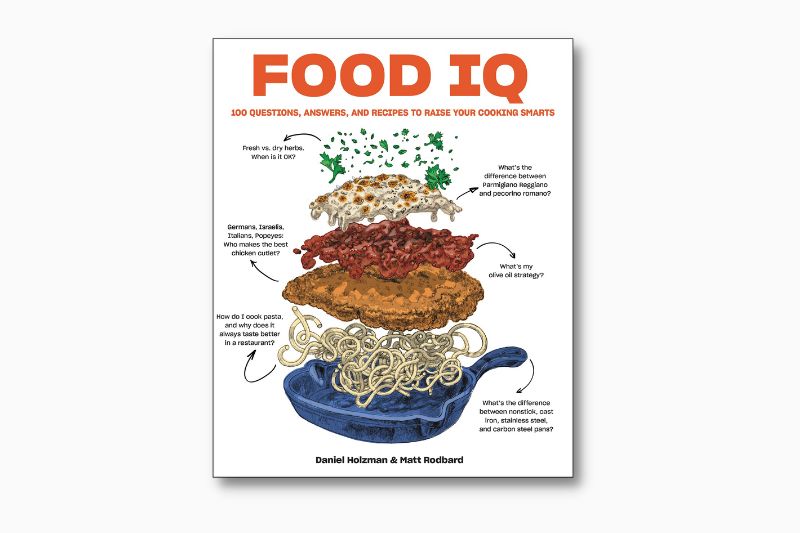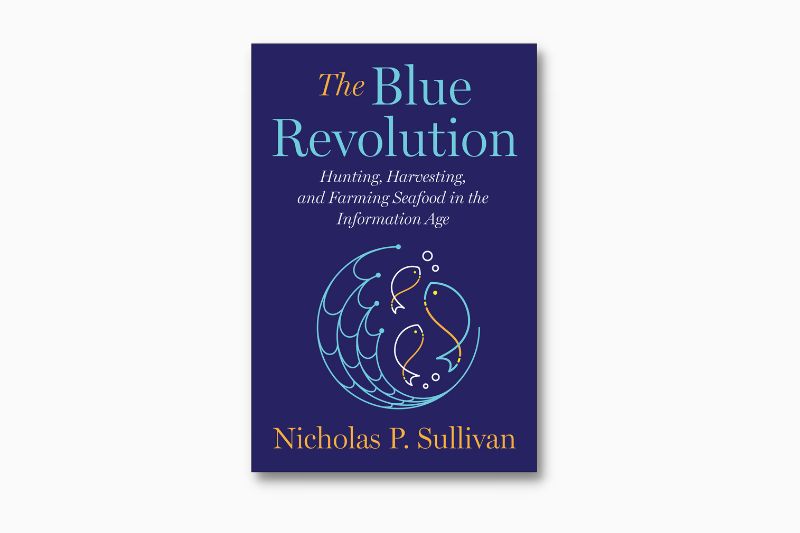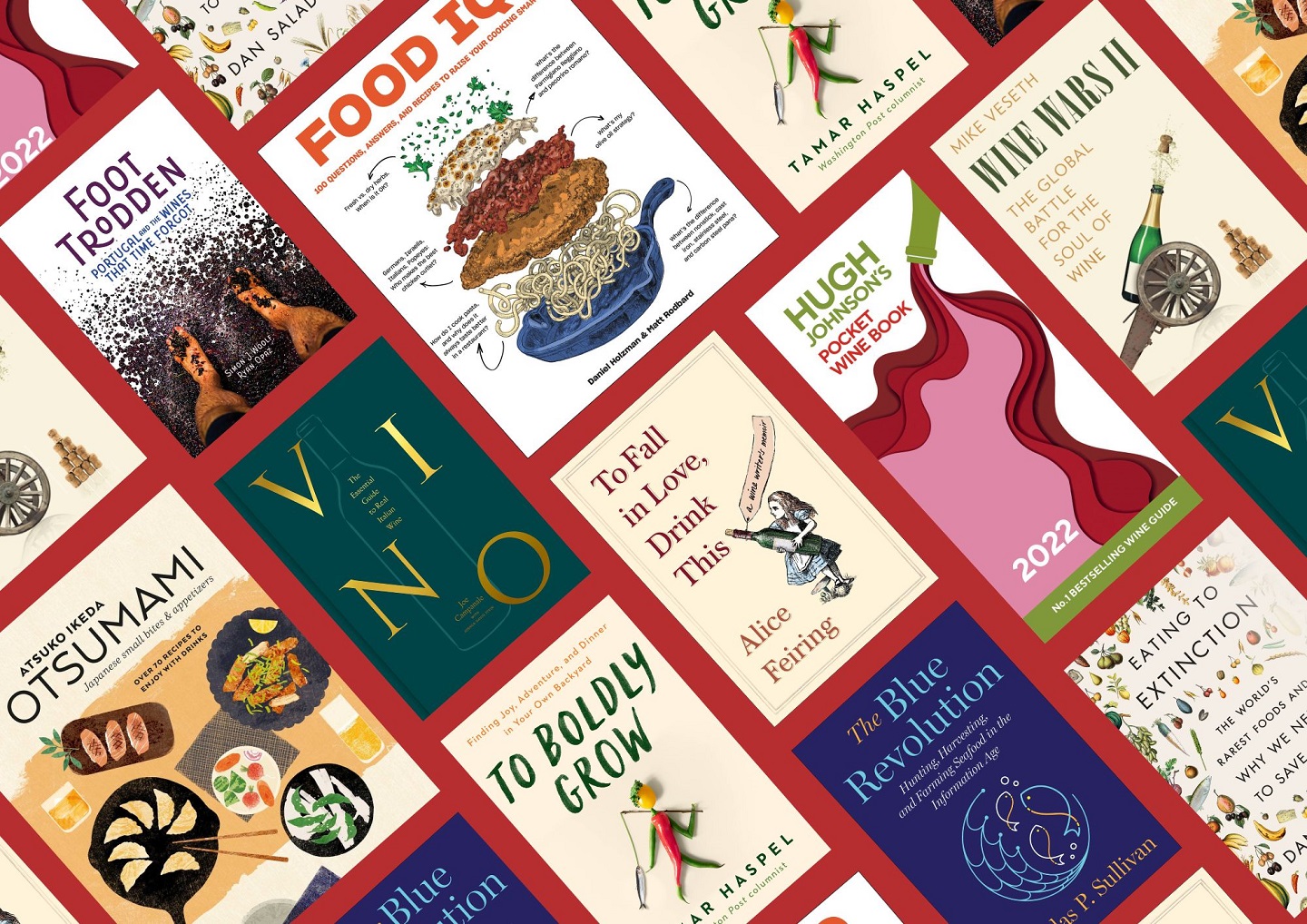
Explore the diverse facets of food through these books
To Boldly Grow by Tamar Haspel
Getting dirty was inevitable when Tamar Haspel and her husband chose to exercise more control over the origins of what they ate after moving from their Manhattan home with a rooftop shack to two acres of land in Cape Cod in 2008. They would eat at least one thing they grew, caught or killed every day for a year. Tips and advice from neighbours struggling to work the land helped, as did bartering — the regular exchange of eggs for jam, pickles, asparagus, venison and tomato seedlings among the rural community. The pair grew mushrooms, fished, raised fowl, shot deer and prepared roadkill for dinner. Between refining her own sea salt and learning to pluck turkey using a converted washing machine, “crappy gardener” Haspel found “figuring stuff out to solve problems more delicious than the most decadent of desserts”.
Her part memoir and part how-to guide shows how growing and sourcing a portion of your own meals can be deeply satisfying. In 2015, this Washington Post journalist’s monthly column, Unearthed, which tackles food and related issues such as agriculture, nutrition, antibiotics and livestock and how dietary choices impact the environment, won the James Beard Foundation Award.
Wine Wars II by Mike Veseth
While wine connoisseurs talk about taste and mouthfeel, wine economists analyse price and its impact on the perceived quality of what’s in a bottle, wine producers and market share, and trends that shape the global industry. The Wine Economist editor Mike Veseth, whose Wine Wars was named Best Wine Book of 2011 and Around the World in Eighty Wines (2017) made BookAuthority.org’s list of 100 best wine books of all time, has just released Wine Wars II. Here, he zeroes in on the competition between producers of Old World and New World wines — respectively, wines made primarily in Europe and those produced in regions outside of it.
“This is the battle for the future of wine, and for its soul,” the author says. Market forces are redrawing the world wine map as terroirists resist them. Producers also have to tackle the triple crisis of environment, economy and identity. Besides sales, power and taste also figure in this tussle. So, who will set the prices and call the shots in the wine market of the future? Veseth ends each section of Wine Wars II with suggestions of wines readers can sample to experience his ideas and arguments.
Foot Trodden: Portugal and the Wines that Time Forgot by Simon J Woolf and Ryan Opaz
Photos of people stomping on grapes attract attention for different reasons, not least of which is why, when they can easily use machines. The experts say crushing grapes with feet — historians have found jars with images of men dancing on grape clusters — makes wine less bitter and adds to its structure, complexity and texture.
In Foot Trodden, readers get the full taste of Portugal’s wine culture, which dates back at least two millennia, and meet growers and producers with stories to share about vineyards, native grape varieties and heritage wine styles, and the challenges they face putting their products on the global map. Many of these people still tread grapes in stone troughs, then leave them to ferment in large clay vessels sealed over with a paste made of resin, olive oil and beeswax. Foot Trodden, The New York Times’ Best Wine Book of 2021, is Simon Woolf and Ryan Opaz’s second collaboration. In 2018, they brought out Amber Revolution, the first book to tell the full, forgotten story of orange wine — white wine made like a red.
Vino: The Essential Guide to Real Italian Wine by Joe Campanale with Joshua David Stein
Joe Campanale, In The Drink podcast host, restaurateur, winemaker and Food & Wine magazine Sommelier of the Year 2013 visits 20 regions in Italy to uncover the diversity of its wines. He meets with younger winemakers focused on sustainability, low-intervention methods and a fresh approach to viniculture. Vino is divided into three sections, beginning with how Italian wines are classified, followed by synopses of new styles that have emerged based on three aspects — native grapes, exceptional terroir and artisan winemakers. In the last section, Campanale captures the stories of those devoted to making wine the right way, growing conditions in each region, and people who have defined the industry.
The young, new generation behind contemporary Italian wines is exciting, energetic and breaking down conventions, he notes. They have discovered that Lazio in central western Italy has rich volcanic soils and limestone and few pests, which make it optimal for winemaking. “They are often well-travelled and well-versed in the wines of the world … and sharing ideas with each other.” Even long-time producers resistant to change have begun to integrate more organic growing methods and are making more expressive wines.
Hugh Johnson’s Pocket Wine Book: 2022 by Hugh Johnson and Margaret Rand
Hugh Johnson got his first shot at wine-tasting when his Cambridge roommate handed him two bottles of Burgundy from the same village, two fields apart. Amazed by how one could bring such pleasure while the other was uninteresting, he began to imbibe and write about his experiences. Wine, his first book released in 1966, when he was 27, was followed by The World Atlas of Wine (1971) and Hugh Johnson’s Pocket Wine Book (1977), an annual guide now in its 45th year of publication. It suggests what you should be drinking, which vintages to buy and enjoy, and which to cellar. Besides information on grape varieties and how to match food with wines that bring out the best in both, the current edition has a supplement on The Ten Best Things about Wine Right Now, which zeroes in on wine blending and orange wine.
Johnson, also an avid gardener with books to his name, retired from the Pocket Wine Book series last year and passed the reins to Margaret Rand, general editor of the books for some 15 years. The series will retain its name, its format, energy and philosophy, he told The Bookseller in an interview in March 2021.
To Fall in Love, Drink This by Alice Feiring
American wine journalist Alice Feiring’s credentials are sparkling: The James Beard Award winner is hailed as “the queen of natural wines” by the Financial Times, has a wine newsletter (The Feiring Line) and written books such as The Dirty Guide to Wine; Naked Wine: Letting Grapes Do What Comes Naturally; and For the Love of Wine: My Odyssey Through the World’s Most Ancient Wine Culture.
To Fall in Love, Drink This is a collection of humorous essays that are both a love letter to wine and the candid and insightful memoir of a woman driven by curiosity to learn about wines of the world, the countries in which they grow, and the colourful people and equally colourful cultures behind the bottles enjoyed by connoisseurs. The personal vignettes are revealing, and intoxicating: her parents’ divorce, finding love, the end of a long-term relationship, a near-fatal brush with a serial killer, and lockdowns during the pandemic. Each essay is “accompanied” by wine takeaways that those who nurse their drink are wont to ask: age, price, grapes, vineyards and vintners.
Eating to Extinction: The World’s Rarest Foods and Why We Need to Save Them by Dan Saladino
In East Africa, the Hadza people survive on a diet comprising 800 different plants and animals. To gather wild honey, they communicate with birds to locate bees’ nests. In Australia, murnong — a small yam with the sweet taste of coconut and once a staple food of the Aborigines — is undergoing a revival after nearly being driven to extinction. Across the globe, rice, wheat and corn provide 50% of all our calories today. They are three of the nine major staples that remain from the almost 6,000 different plants humans once consumed. Half of all the world’s cheese is made using bacteria or enzymes from one company. And one in four beers drunk worldwide is produced by one brewer.
When we lose diversity and foods become endangered, we risk losing traditional foodways, warns BBC food journalist Dan Saladino. Put simply, when food starts tasting the same wherever we go, we may never experience certain flavours, smells and textures. Saladino went globetrotting to trace, taste and document most-at-risk foods, and meet people who continue to cultivate, forage, hunt, cook and consume what the rest of us have forgotten or did not even know existed. There still are farmers working hard to ensure that treasured edible plants remain robust because food monoculture poses a threat to human health as well as the planet.
Otsumami: Japanese small bites & appetizers by Atsuko Ikeda
Tsumamu, in Japanese, means to grab something with your fingers or chopsticks; thus otsumami denotes food that can be eaten easily in this way. It is the nibbles you have together with drinks, says Atsuko Ikeda, a native of Kyushu or “Food Island”, who gathers 70 recipes for Japanese small plates and bites in this book. These are commonly served at bars where salarymen meet to socialise after work, or house parties for family and friends.
Whether you fancy a fistful of rice crackers, salad, seafood, poultry, pickles, pork or tofu, she helps you plan your menu and provides tips on how best to present them. Also included is a basic guide to beverages, plus inventive cocktail recipes. Using popular ingredients such as dashi, ponzu, miso, soy, teriyaki and vinegar, Ikeda shows the home cook how to make dips, pickles, salads, gyoza, tempura, sashimi, meat, fish and vegetarian delights. The author-cum-chef is founder and owner of Atsuko’s Kitchen, where she teaches Japanese cookery classes in Shoreditch, London’s hipster hotspot.
Food IQ: 100 Questions, Answers, and Recipes to Raise Your Cooking Smarts by Daniel Holzman and Matt Rodbard
Should you use a red, yellow or white onion when you want to serve it whole and salt-roasted as an appetizer? Is making your own hummus worth it? Why is roasted chicken always dry? When is it okay to cook with frozen vegetables? What is baker’s math and how does it ensure that you make perfect pastry? Daniel Holzman and Matt Rodbard, a cooking educator and food writer respectively, welcome questions that can help people cook better and smarter, and are just as keen to share fresh food facts and recipes.
The pair respond to the whats, hows and whys on cooking fundamentals, share culinary trivia and fresh food facts, research on food culture and interviews with cooks, chefs and writers. Rodbard is the author of Koreatown: A Cookbook and founding editor of Taste, the food and culture magazine that has won the James Beard Foundation Award twice. Holzman is co-founder of the Meatball Shop restaurants in New York.
The Blue Revolution: Hunting, Harvesting, and Farming Seafood in the Information Age by Nicholas P Sullivan
Overfishing (when vessels catch fish faster than stocks can replenish) and bycatch (the capture of unwanted sea life while fishing for a different species) harm more than the marine environment. Billions of people rely on fish for protein, and fishing is the principal livelihood for millions of people around the world, says the United Nations’ Food and Agriculture Organization. Most of the world’s ocean is unprotected, and many global fish stocks are at a dangerous tipping point, with some spiralling towards extinction, researcher Nicholas Sullivan adds. But newer technologies are modernising fisheries and helping entrepreneurs make smarter decisions about waste, efficiency, transparency and quality seafood.
The World Bank defines the so-called blue economy as the sustainable use of ocean resources for economic growth, improved livelihoods, and jobs while preserving the health of its ecosystem. “Commercial fishing has seen an encouraging change from maximising volume through unrestrained wild hunting to maximising value through controlled harvesting and farming,” he notes. Efforts to keep the ocean healthy; policies on unregulated and criminal fishing; developing new markets for kelp products and “underutilised” fish species; and fishers who feel they have a stake in the outcome of what they do, are different spokes of the blue revolution.
This article first appeared on Aug 1, 2022 in The Edge Malaysia.

